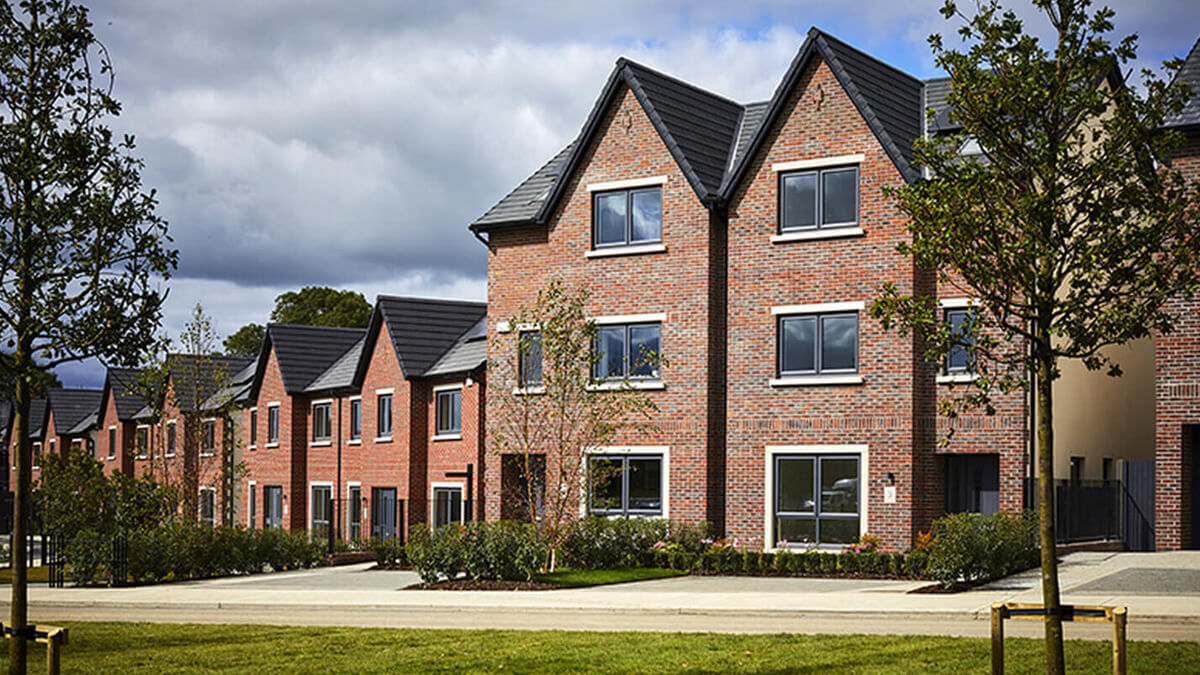Donald McDonald
With demand continuing to outstrip supply, the state must smooth the path for development rather that creating yet more hurdles
Ireland has a dysfunctional property market. To this day, the scars of the downturn of 2008 have meant that the country has struggled to scale-up housing supply to meet the requirements of the population.
The consequences are particularly acute for apartment development, where multiple complexities and risks have resulted in minimal development since 2008. This is causing significant hardship and anxiety for much of the population, especially younger people.
Ireland, a small open economy on the edge of Europe, does not have enough money available in the state to finance the country’s much needed housing programme.
As a result, the country requires flows of money from outside to fund the supply of new homes. We cannot rely on the Irish government and the taxpayer to do so. As with the 12.5 per cent corporate tax rate strategy to attract foreign direct investment and the stable operating environment that has prevailed over the last 22 years, Ireland needs to have a stable operating environment for funders of housing, be they direct lenders or investors.
The suppliers of new homes, builders and developers also need a stable environment to operate in. Balancing costs and revenues on housing projects can be a fine line, a line which has been significantly challenged over the last 18 months as a result of Covid-19, unprecedented lockdowns, and supply shortages of both materials and labour.
While many interventions are well-intentioned, over recent years government at a local and national level has not provided the conditions for the development industry to substantially increase supply and has destabilised the operating environment for funders and builders of new housing.
This has included not addressing delays in the planning system, including judicial reviews; not assisting viability for apartments; continuously increasing building regulations; overnight changes in legislation relating to residential property taxes; unfavourable tax treatment of small investors; changing the residential investment properties rent regulations four times in the last five years; increases in regulation, administration and costs for managing residential investment properties; a recent indication from the Central Bank that it may restrict loan-to-values for property investors; two Dublin local authorities making adjustments to planning guidelines; and closing down construction sites.
The government launched its ‘Housing for All’ strategy in September, which estimates a requirement for about 33,000 new homes per year between 2021 and 2030.
Other well-informed commentators would argue that the need is for over 40,000 new homes per year. The country requires a multi-track approach to providing these. In 2022 we estimate that there will be housing completions of 27,000; while this is an improvement on this year’s expected 22,000 completions, it is well short of the required numbers to address years of undersupply.
2021 was an active year for the Irish property market. First-time buyers with access to savings and finance bought the new homes launched to the market this year – but there hasn’t been enough stock to satisfy demand. As a result, prices for second-hand housing is being pushed upwards and affordability is being challenged.
Despite the critics, at a practical level the extension of the Help to Buy scheme and the introduction of the Shared Equity Scheme are very welcome as they will give confidence to builders and their funders to scale up supply on individual sites.
One of the most notable trends in the housing market is the continuing exit of smaller landlords from the rental market: over 24,000 in the last five years. Larger landlords only account for about 5 per cent of tenancies nationwide and, despite this element of the market increasing and receiving significant criticism from many sectors, their investments are not balancing out those leaving the market.
This newer accommodation is helping to moderate prices at all levels of the market and improving the standard of rental accommodation available, as stock that was built pre-2008 becomes quite aged. With financing of more than €7 billion from larger Irish and international funders and investors, this is facilitating the construction of more than 12,000 new homes. When fully completed these will provide accommodation for more than 25,000 people. This has to be seen as a good thing.
As in the previous four year years, PRS new supply and investment forward sales activity has been concentrated mostly in suburban locations outside Dublin city centre, and predominantly with a relatively small number of developers which have the capabilities to deliver housing at scale and the ability to secure funding or investment.
Despite there being thousands of planning consents in the system, many will never be developed, especially the apartment ones, as a result of the challenges surrounding development, including the lack of viability to build apartments for the owner occupier market. The projected development pipeline is therefore unrealistic. Ireland needs more new homes and we need the state to facilitate this supply, through both the public and private sector.
Article originally published in the Sunday Business Post, Dec 14 2021.



